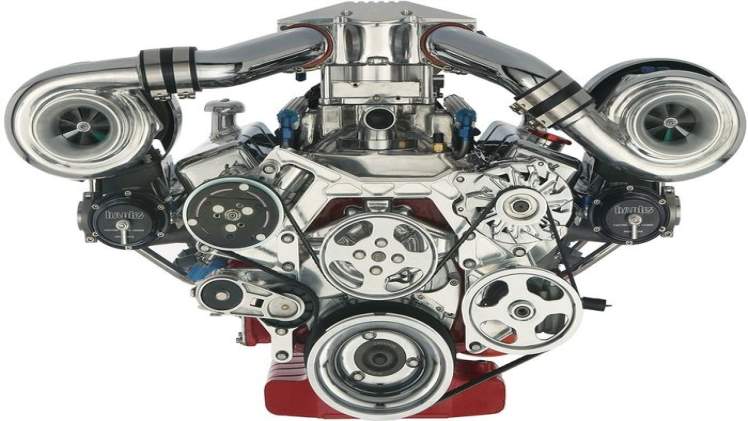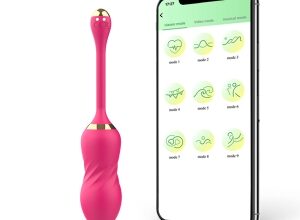How Turbochargers Work

When looking at turbochargers, it’s important to understand how they work. You’ll need to consider the power, fuel economy, and exhaust backpressure. Ultimately, it will come down kawishpoetry to personal preference, but here are some tips that will help you make the right decision:
Power
The power of a turbocharger is measured in horsepower, a unit of energy. Increasing air and fuel input increases horsepower, as does adding cylinders. But increasing the number of cylinders is not always feasible. Adding a turbocharger to an existing engine is a much simpler solution. But what exactly is a turbocharger? In this article, we will explore how these devices work and how they can boost your power.
The main function of a turbocharger is to increase engine horsepower without increasing weight, making it an ideal solution for vehicles in need of an extra boost. Turbocharging is a popular technology for diesel and gasoline engines, and its use extends to more than just better speed. Heavy vehicles, which often carry heavy loads, need extra horsepower to perform their jobs. For example, when traveling at high shayari altitudes, a turbocharger can provide an extra boost.
Fuel economy
There are several factors that influence the fuel economy of a turbocharged engine. The EPA tests the fuel economy of vehicles at a high speed of 60 mph for 12 minutes. It then averages 48.3 mph, a far cry from the low-speed driving that occurs during a typical day. The test procedure also ignores the on-boost, high-load state that turbocharged cars and trucks experience. As such, the engine would need a large amount of fuel to maintain its power outputs.
While many luxury vehicles still use the traditional internal combustion engine, it is now more common to see a turbocharger in a new car. While automakers struggle to meet the EPA’s goal of having cars with average fuel economy of 52.5 miles per gallon by 2025, the high gas mileage of a turbocharger is one of the reasons car manufacturers use them. Turbocharging is a better alternative to conventional technology that provides the extra power needed when you need it most.
Exhaust backpressure
If you’ve been having problems with exhaust backpressure, you might be having trouble with your catalytic converter or your engine’s disability. If this is the case, you should first check that the EFE valve is in the proper position. Depending on the type of Bispupdate exhaust system you have, backpressure may also affect your car’s drivability. To test exhaust backpressure, remove the air injection check valve, and insert your finger into the manifold. You can also tap the muffler to see if it makes a hollow sound.
High backpressure indicates that the exhaust flow is restricted. This restriction can be caused by a number of things, including fiberglass sound-absorbing roving, internal collapse of double-wall exhaust pipes, or broken catalyst substrates. A high backpressure can even damage a catalytic converter shell or pipe connection. While exhaust backpressure may seem like an insignificant issue, it can have serious consequences for your engine.
Cost
The cost of a turbocharger depends on several factors, including the vehicle model and engine configuration. Prices range from less than $100 to several thousand dollars. However, you should invest in a high-quality turbocharger. While installing one yourself may save you money, you will need to pay for professional installation as well. In addition, it can be risky to install a turbocharger yourself without professional Caption training. For this reason, it’s best to get a professional to install it.
Depending on your situation, a car and your ability to pay a turbocharger installation can run from $500 to over $5,000. However, you must weigh the benefits of low prices with high-quality work when determining the cost. If you’re a DIY-er, don’t be afraid to ask a mechanic for a quote. You’ll be able to get an idea of what the average cost will be.





